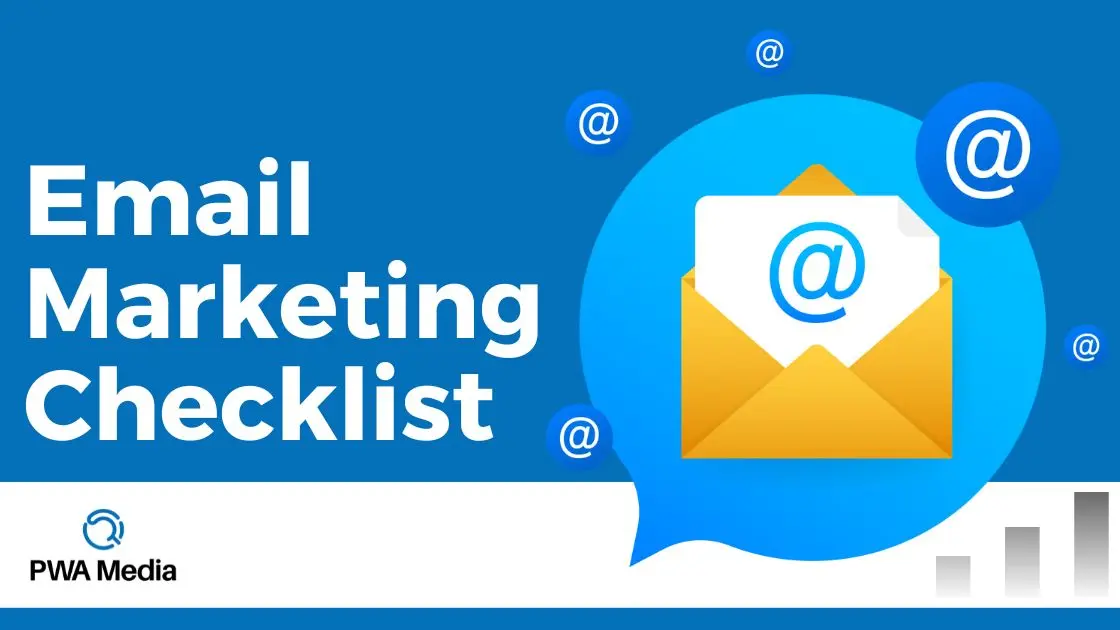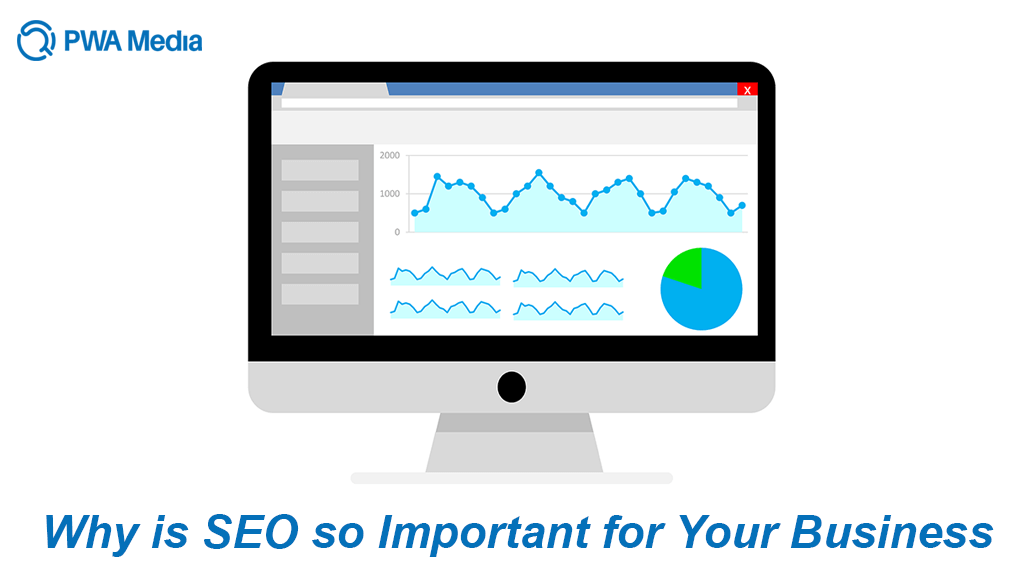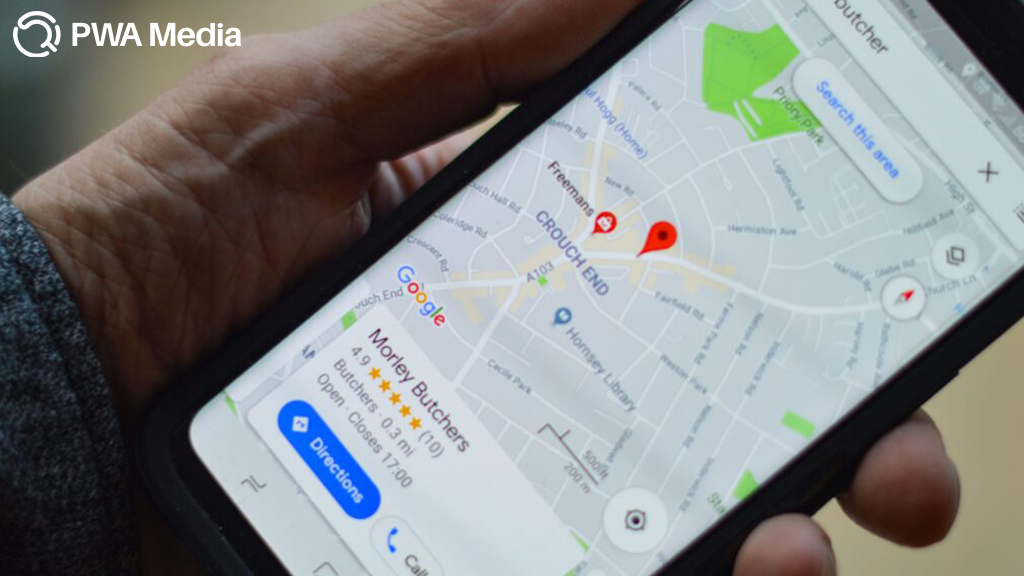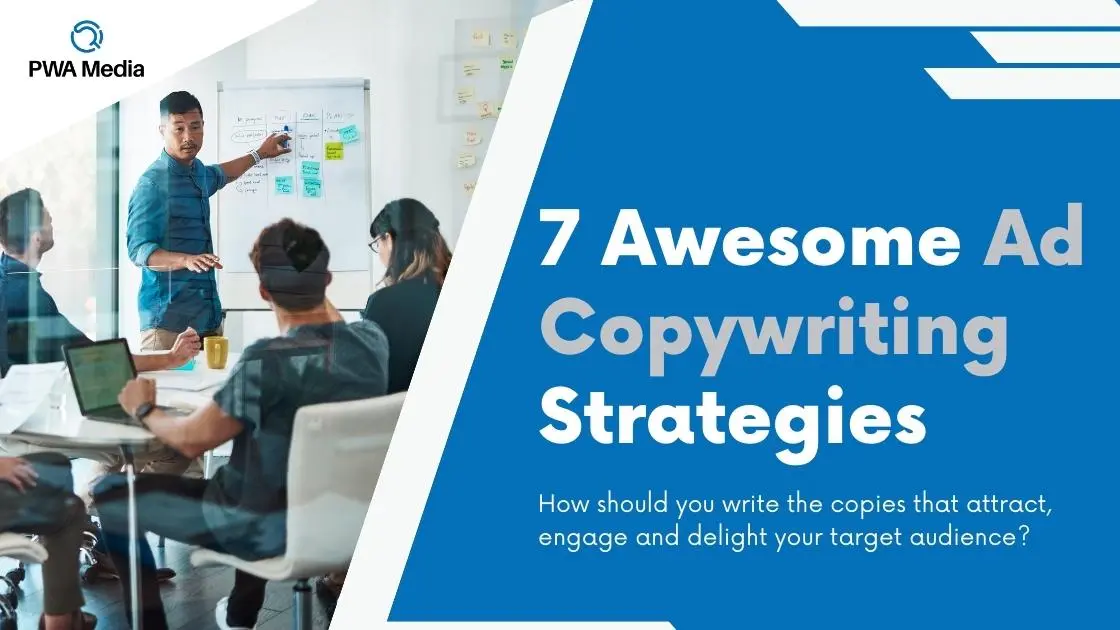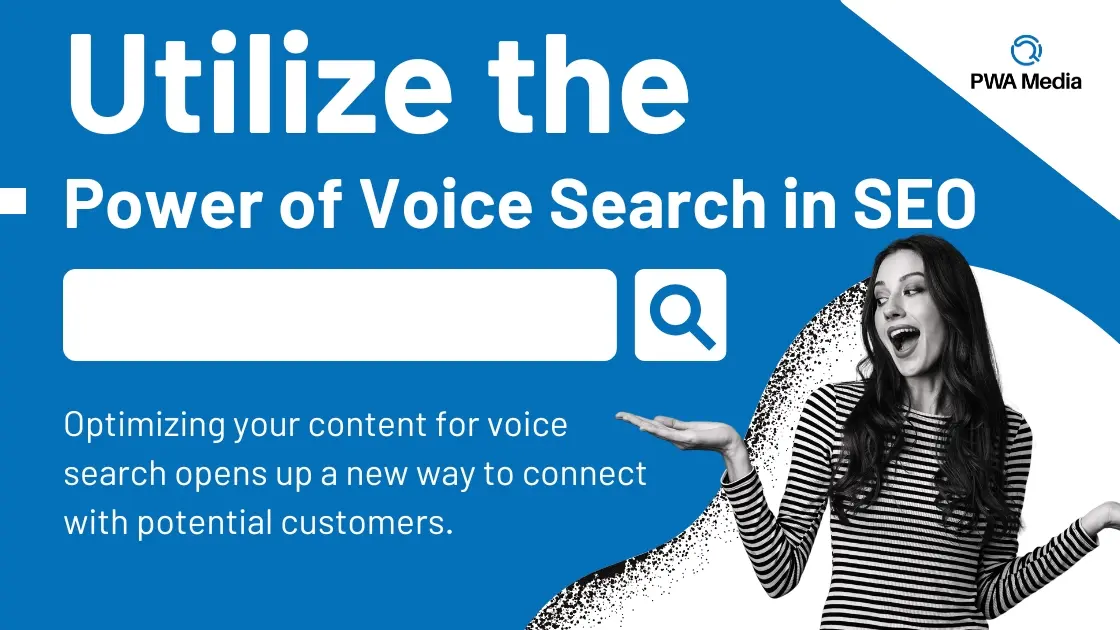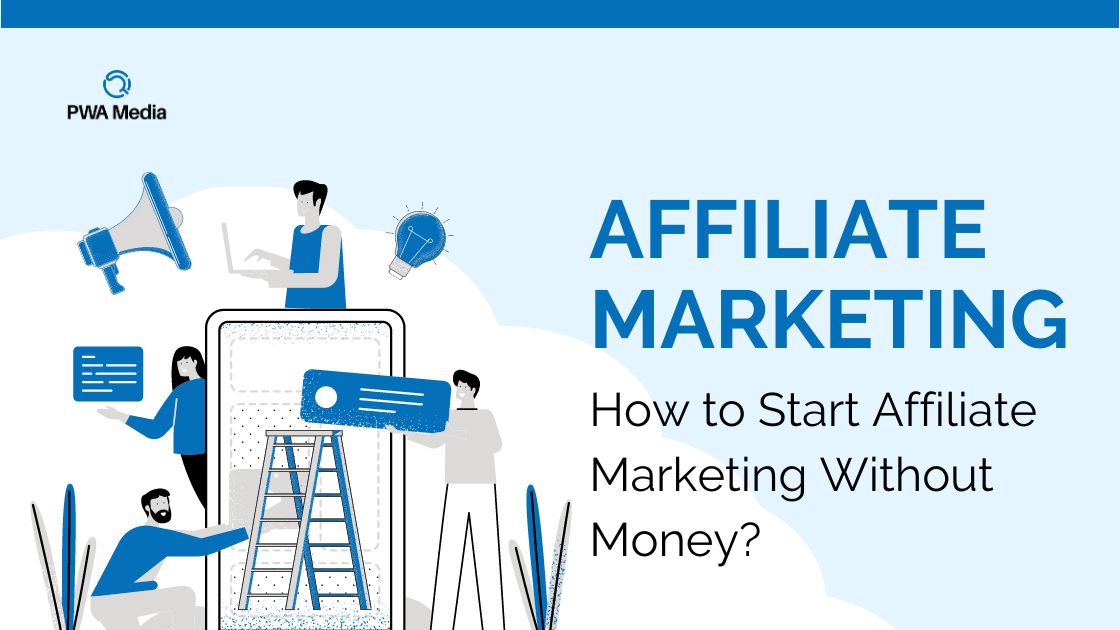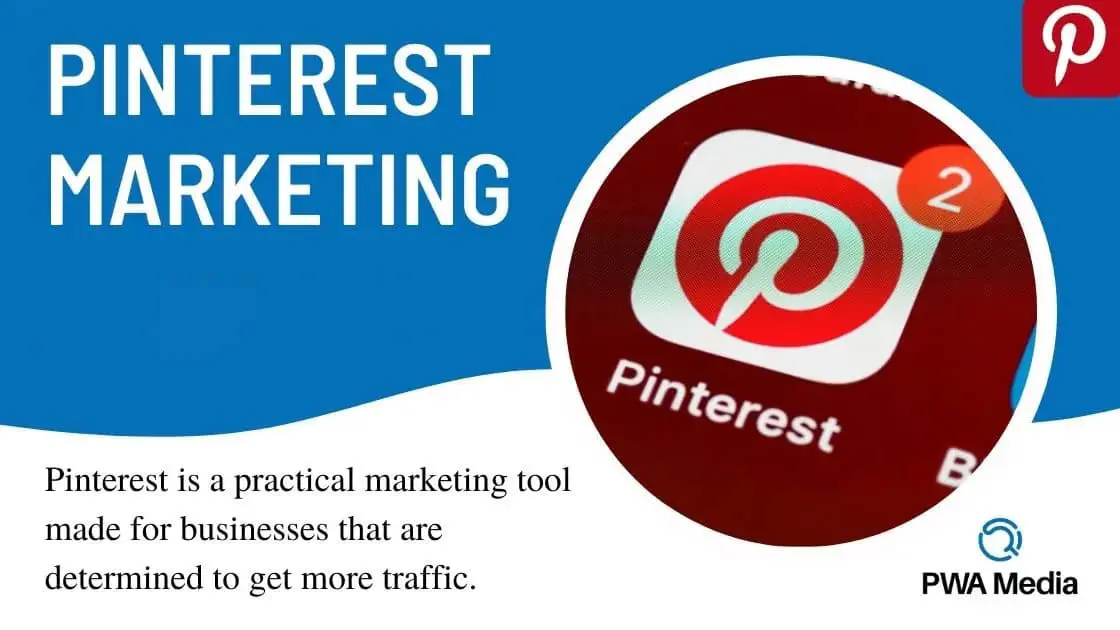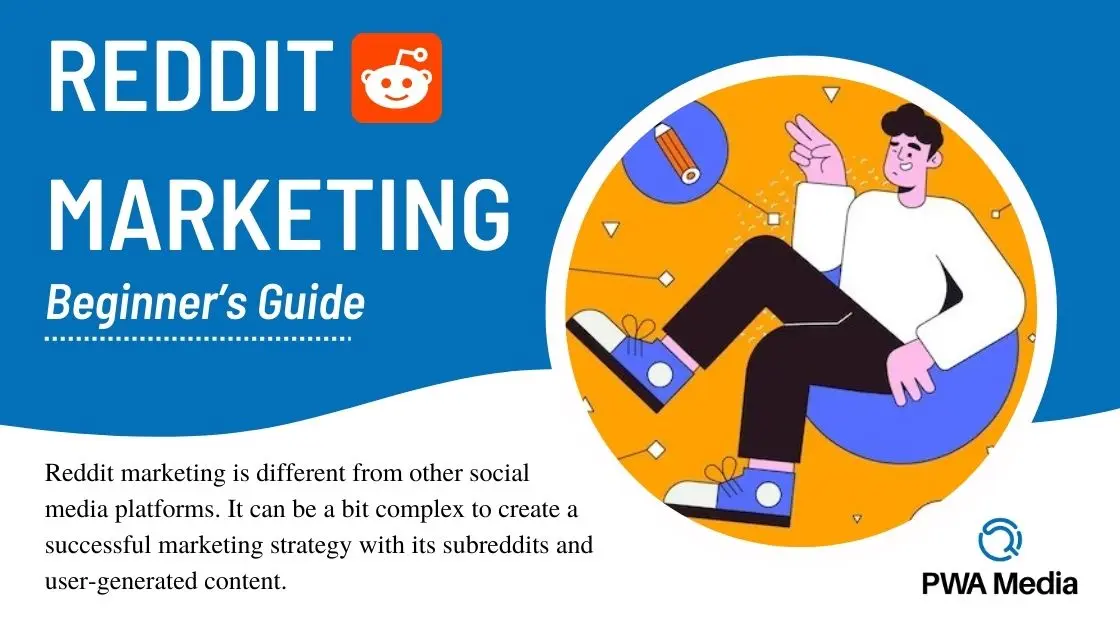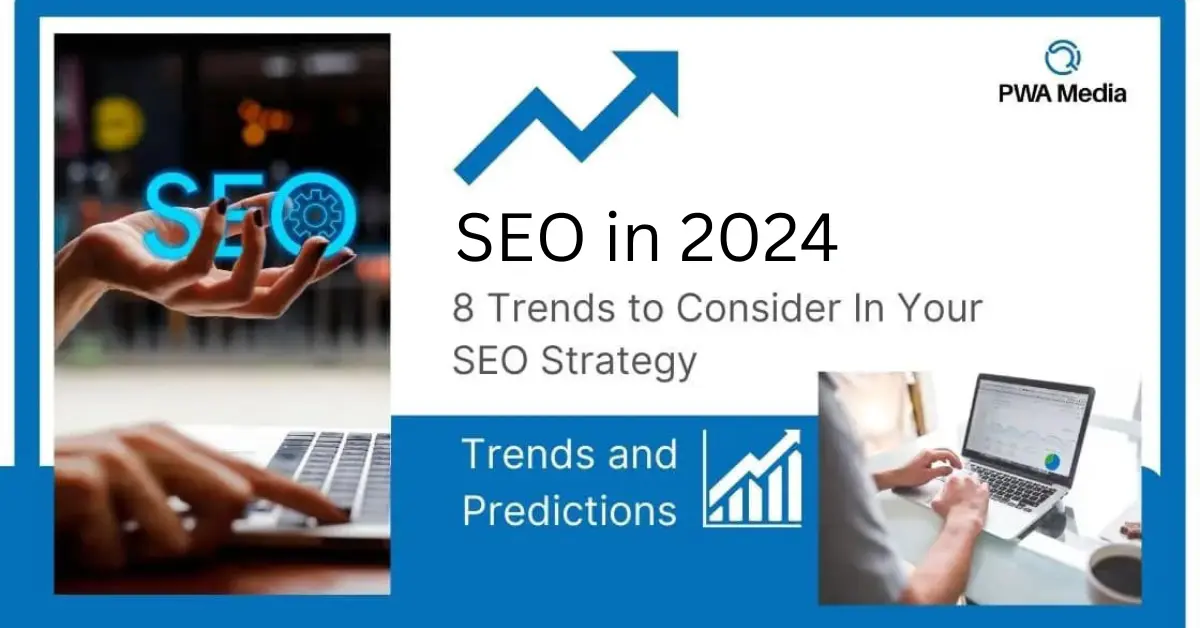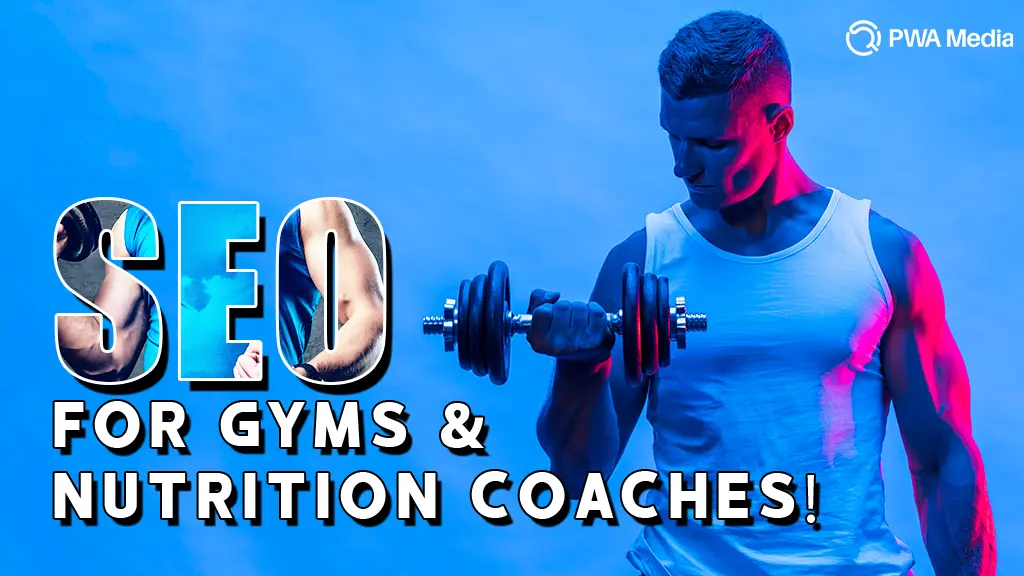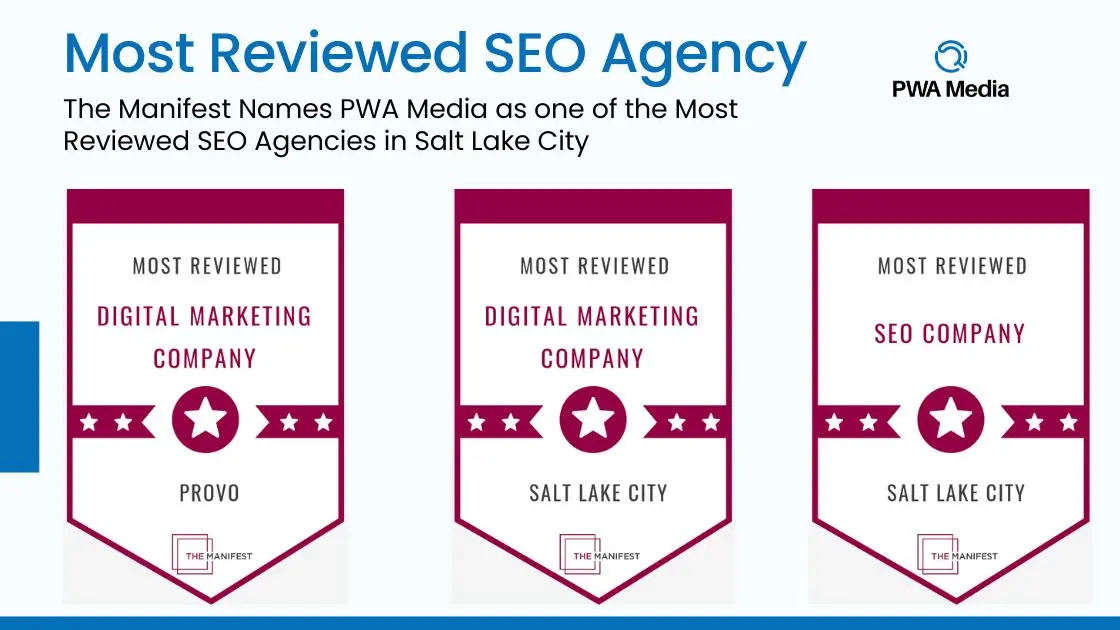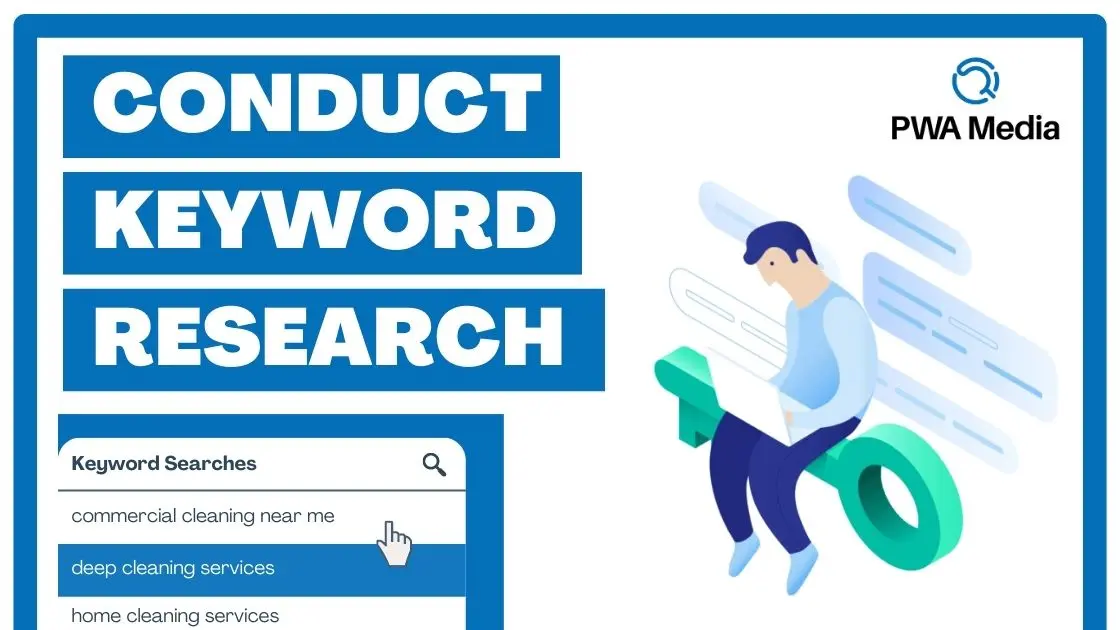Most SEO tips for bloggers only focus on adding primary and secondary keywords while writing a blog post. Also, those writing guides discuss minor optimizations that enable search engines to find your content easily.
But that’s just the tip of the iceberg.
After the inception of ChatGPT, search engines have consistently optimized the algorithms to prioritize delivering the next-level user experience.
So, you should deliver an engaging user experience that bolsters the SERP. If the search engines find that the users stay and engage with your page’s blog content for a long time, you’ll see a change in the rankings.
In this post, we’ll share various SEO tips for blog posts that improve user engagement and increase page rankings in the search results. Before that, let’s have a brief introduction to SEO for content writing.
Table of Contents
ToggleWhy is SEO important for crafting search-engine-friendly content?
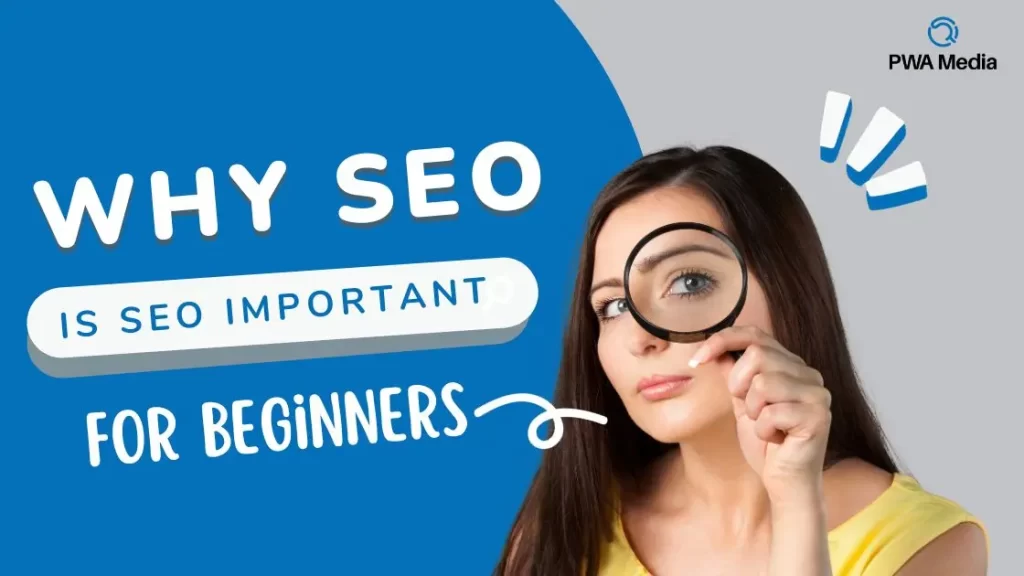
According to a study, the CTR (Clickthrough rate) is 25% for websites with position one. Consequently, this is 15% and 2.5% for position two and ten holding websites respectively. It means that if your website is not ranking on the first page, barely any customer will find your brand organically. Lesser footfall to your website denotes only a small opportunity to generate potential leads. In turn, it will generate smaller revenue.
This happens only when there is poor SEO optimization in your brand’s content. Without proper SEO, your brand’s content won’t rank on search engines. Moving forward, it will restrict your ability to attract, engage and delight your target audience. Only incorporating the power words and curating a compelling call-to-action at the end of the blogs won’t help you to stay ahead of the competitors.
SEO-optimized blog posts will enable you to persuade your target audience once you address their pain points through your write-up. Turn the tire kickers into loyal customers with your content that pleases the search engines too.
How?
Continue reading to explore the SEO tips for blog posts.
11 SEO Tips for Blog Posts to Optimize Your Next Blog
Crafting an engaging blog post requires more than the skill of persuasive writing. As the search engine algorithm changes now and then, you must incorporate the best SEO practices to get favorable results. Here’s how you can do it:
1. Do Keyword Research
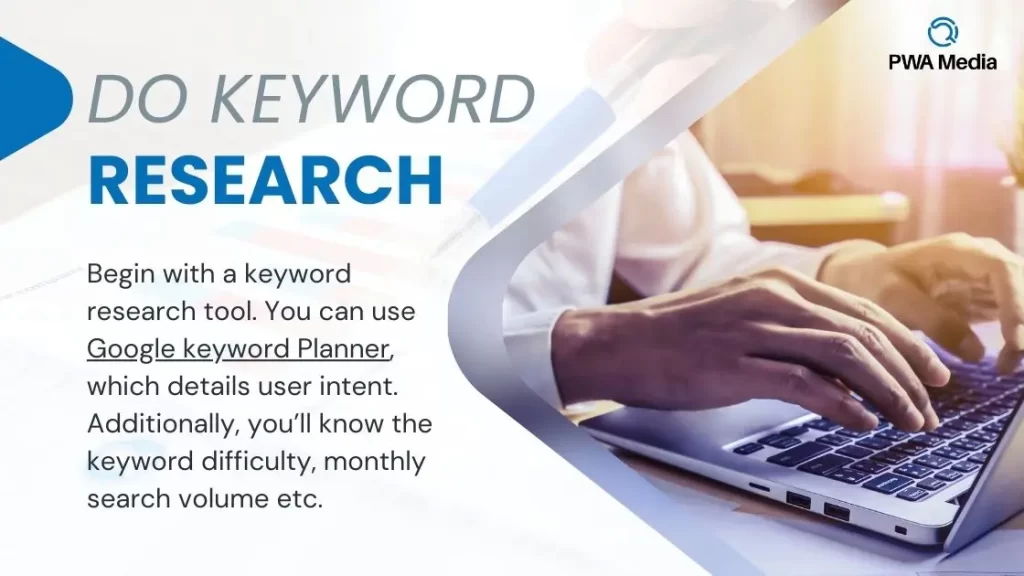
According to Internet Live Stats (2022), Google processes over 99,000 search queries in a second. Overwhelming, right?
If you want to cut through the noise and outperform your competitors, you should target the specific keywords that your target audience is searching for. Otherwise, it will be a white noise in the sea of static.
Begin with a keyword research tool. You can use Google keyword Planner, which details user intent. Additionally, you’ll know the keyword difficulty, monthly search volume etc.
You can use Google Trends also to know what keywords are popular. You should not go for that keyword if you check that search results decline over time. The same applies to rising trends.
You can check the competitor websites to get ideas if you need more keyword ideas. Check the keywords for which their domains are currently ranking. If you find that those keywords are relevant for your target audience, you can implement them too.
However, the target keywords may not always align with your strategy. It can evolve based on the trends related to any specific service/product. Perform keyword research periodically to focus on the right keywords that resonates with the target audience needs. It will help you to stay abreast of the ranking opportunities factor.
2. Develop the Blog Headline
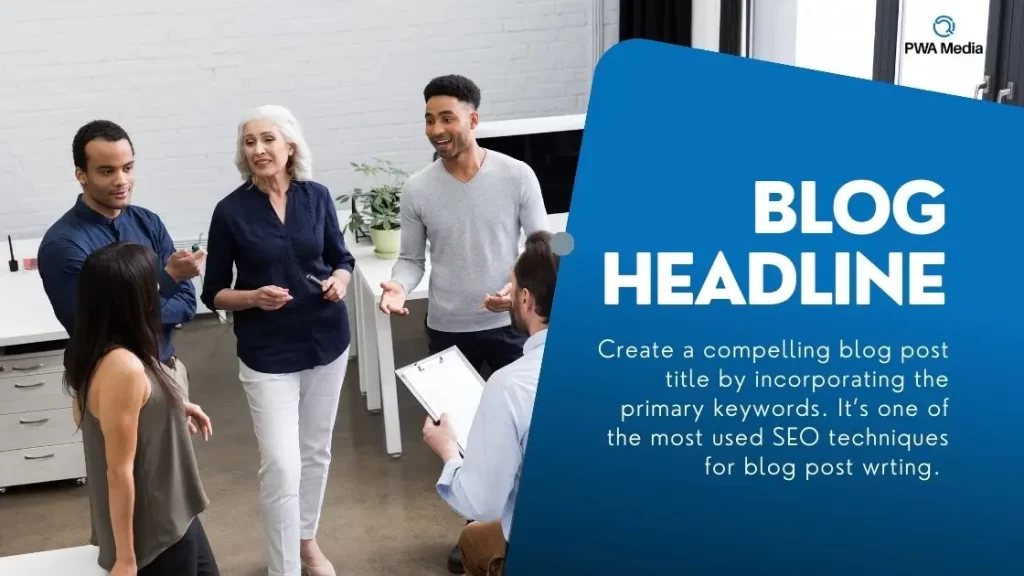
Create a compelling blog post title by incorporating the primary keywords. It’s one of the most used SEO techniques for blog post wrting. It helps Google’s web crawlers understand your content and its sections.
Imagine the crawlers as readers skimming your blog post. H1, H2, H3 and H4 will break the subtopics within your blog, which also works as a brief overview. Hence, the subleaders will reflect the body content, which includes high-intent keywords. Once you use the most searched keywords, chances are higher that your blog will rank on SERP.
3. Optimize Featured Snippet Content
If you search on Google, “How to write persuasive ad copy?”. Google will use a snippet to show the best answer. This is known as a featured snippet. If you want to earn it, you should subtly answer the question.
For example, if the search term is “how to screenshot on Apple,” you should make it more to the point “How to take screenshots on Apple iPhone?” as your H1 or H2. Accordingly, you can write the next steps in bulleted points.
Once you’re done, ensure to include the answer. You can begin the paragraph by stating, “To take a screenshot on your iPhone, here are the steps you must follow…”
Start the sentences with verbs like “select” and “click” to make it easy to read.
4. Write the First Draft
Every enticing blog post starts with a rough draft. It enables you to brainstorm to come up with new ideas. Additionally, you can understand the content flow. Based on that, you can change and revise things accordingly.
You can use Google Docs/MS Word to write the draft. You can edit and insert images with the help of various options over there. Once done, option of sharing the draft with your colleagues will make the reviewing and editing task a cakewalk.
5. Write for Humans
According to Mark Schaefer, content shock is here. It means that a billion blog posts are posted over the internet. So, how will your content stand out?
The answer is- writing the blogs according to the user intent. When a user searches on Google, he/she is looking for an answer. Once you understand their intent and develop the blog posts accordingly, chances are higher that those write-ups will improve the ranking.
Decipher your target audience, research the buyer personas and address their challenges through your blog. Remember you’re wrting for the human being, not just the search engine. Choose the topic that resonates with the pain points of your target audience.
6. Optimize the Blog Title
A non-optimized blog post headline can affect the SERP even if it contains valuable information. You can follow the following tips to make it SEO-friendly-
- Incorporate the main keyword– Always incorporate the primary keyword in the title. However, you don’t need to make it look stuffy. Instead, use it sparingly if possible.
- Incorporate numbers– Implement numbers in the title. In this blog title, we have used “11 actionable SEO tips…”.
- Include your offerings– Offer something that the readers are seeking for. In other words, provide bonus content that stands valuable to the readers. For example, “How to write a blog [+ proven blog template].”
7. Incorporate Keywords in Meta Description
Meta descriptions enable Google to crawl and determine the search rankings. You’ll find this maximum of three sentence descriptions under the title of every search result. Adding meta descriptions will help your written post get much traffic. Moving forward, it will rank better on Google.
Keep your meta description short and succinct. Also, incorporate the primary keywords and make it compelling. Your meta description will appear first in the search result under the title. Ensure you make it compelling to stay ahead of your competitors.
8. Add Alt Text to Pictures
If you’re adding an image to the blog, incorporate Alt text. It describes what’s there in the photo. Also, it enables Google to understand better why this photo is relevant to the specific blog post. Ensure you include the main keyword in the alt text so that it stands as SEO optimized besides telling the context of that image.
9. Incorporate LSI Keywords
LSI or Latent Semantic Keywords are essential for your blog as they help Google better understand the write-up context. Incorporating LSI keywords in a blog can enhance the chances of 3X better ranking in SERPs. In turn, it will drive more traffic to the blog post.
LSI keywords are phrases that are semantically related to the primary keyword. It provides a comprehensive understanding to Google about what is on your page. For instance, if your primary keyword is “cat food,” LSI keywords would be “healthy cat food options”, “cat nutrition”, “best cat foods” etc.
LSI keywords will enhance the overall blog quality and its relevance to the target audience. In turn, it can lead to increased backlinks, shares and engagement. Overall, it will further improve the search engine rankings.
10. Link to High DA Websites
Linking to renowned websites allows the blog readers to read additional reading material to accumulate more knowledge. Additionally, Google considers as authoritative once you link your blog with external websites.
For example, you can link your blog with research-backed statistics relevant to your blog context. It will help you make your blog more convincing and gain the readers’ trust.
11. Link to other blog posts on your website
You can link other blog posts from your website, relevant to the topic you’re writing. It helps Google to create sitemaps. Also, the target audience discovers more content about that same niche. Therefore, it is considered a credible source of information.
On the other hand, internal links in your blog keep the readers on the site for a long time. Hence, it reduces the bounce rates and increases the chances for a conversion.
Keep Persuading the Readers!
You already know how to make your blog post more compelling by incorporating powerful words, persuasive techniques etc. Now, it’s time to go to the next level by making your blog SEO-optimized. Do you think you can make it? Read the next blog here.



